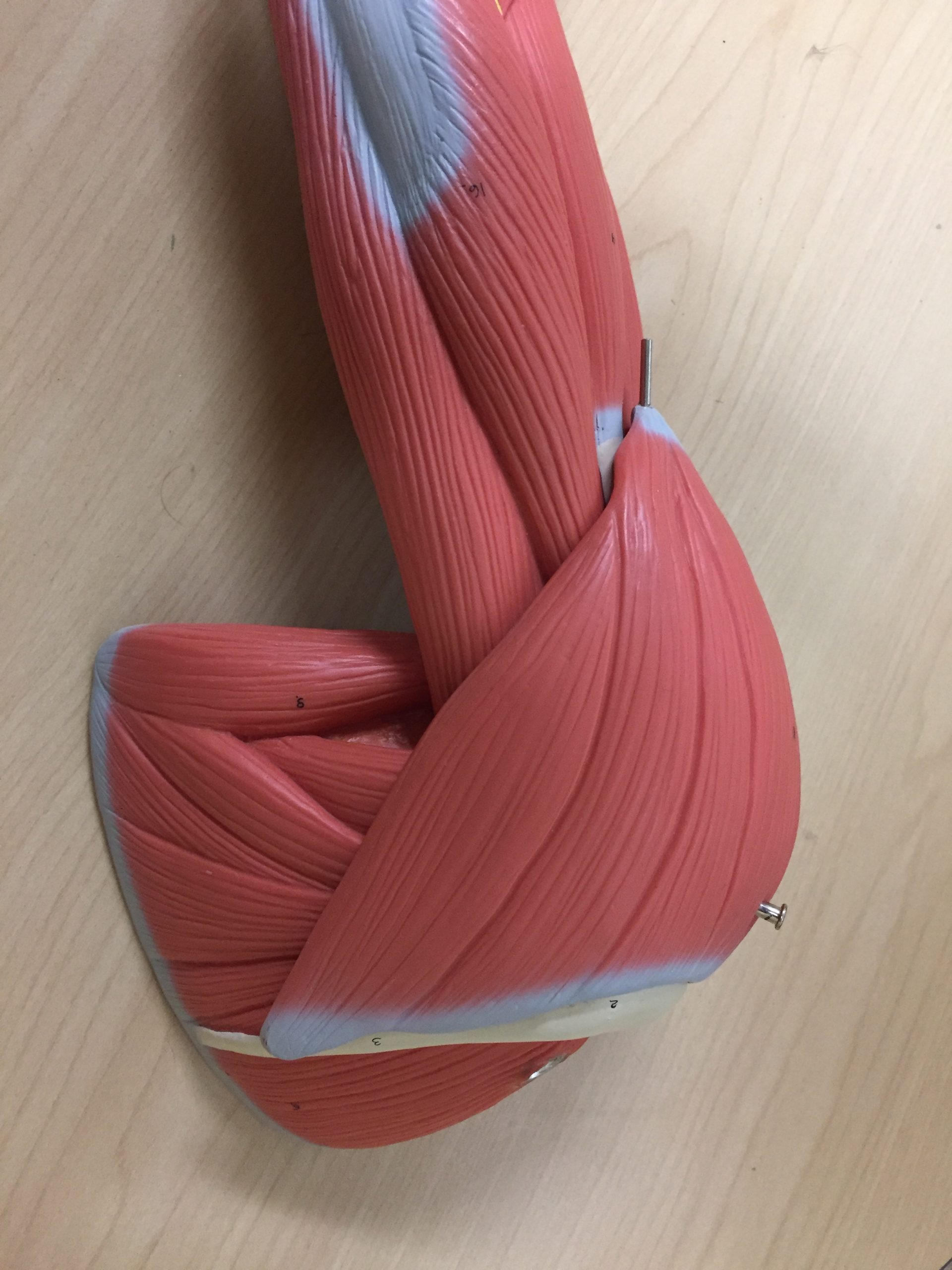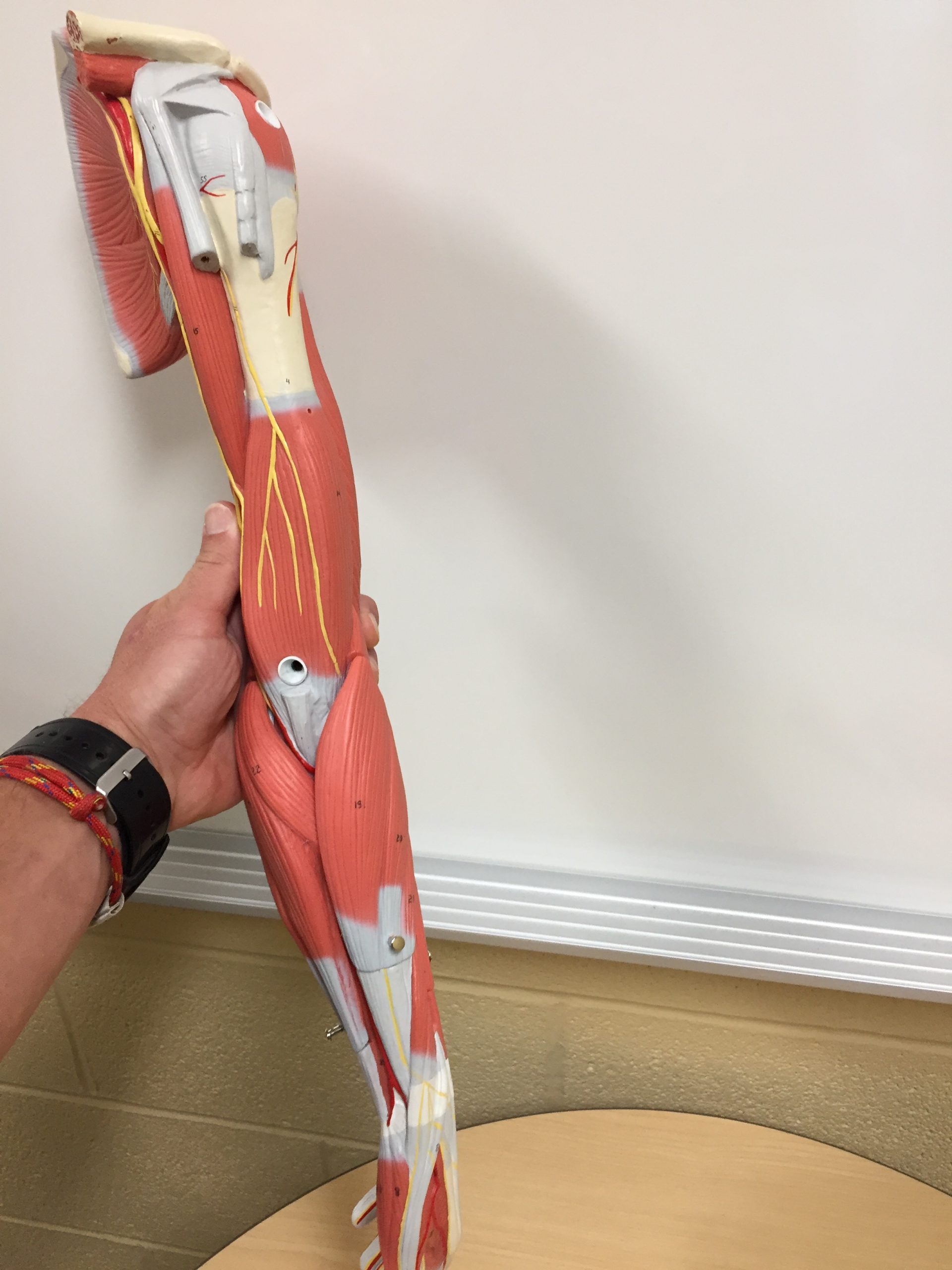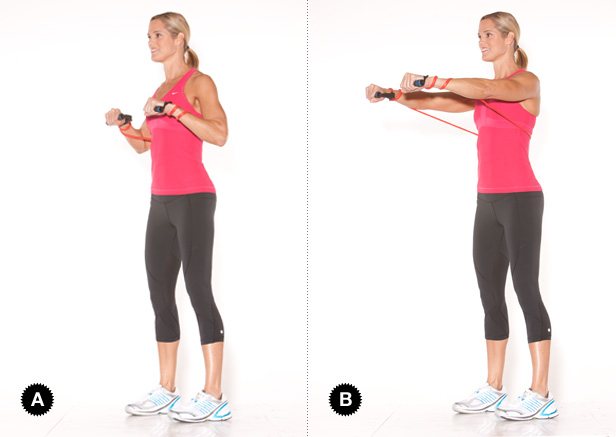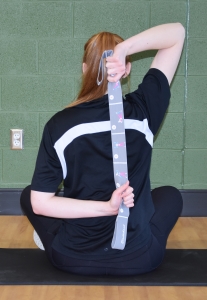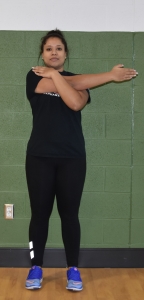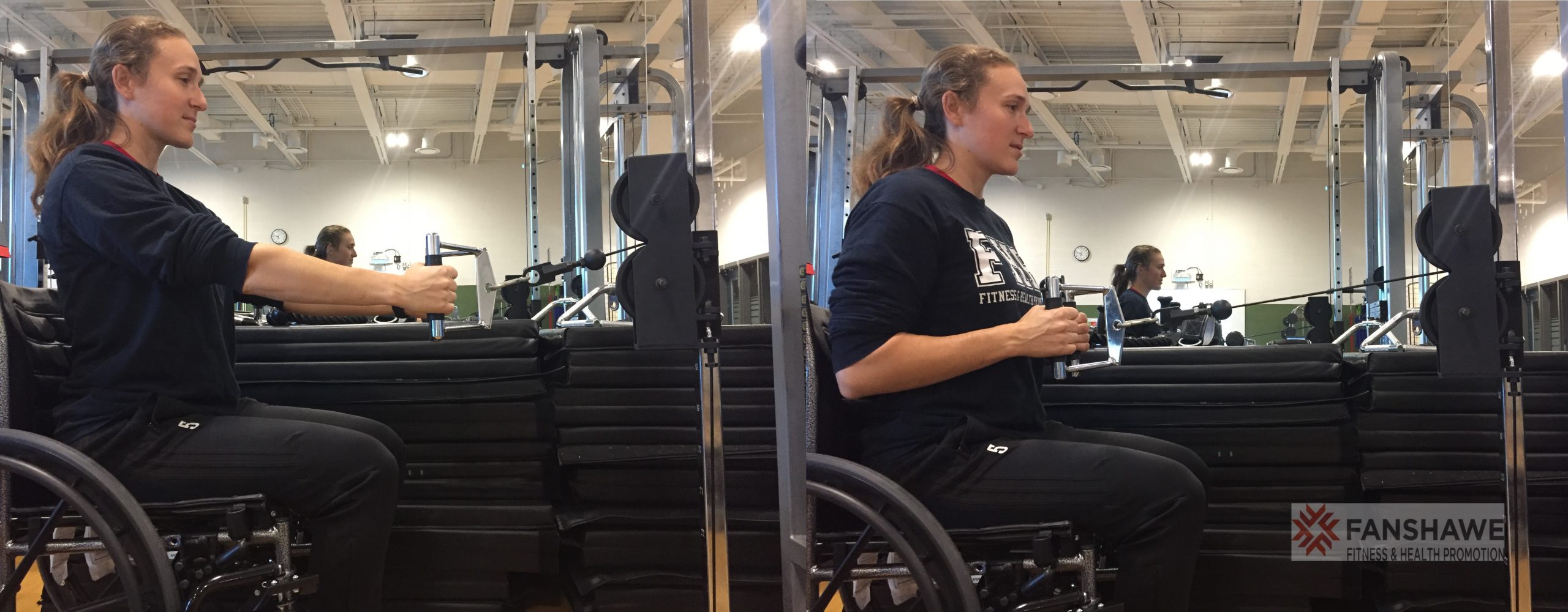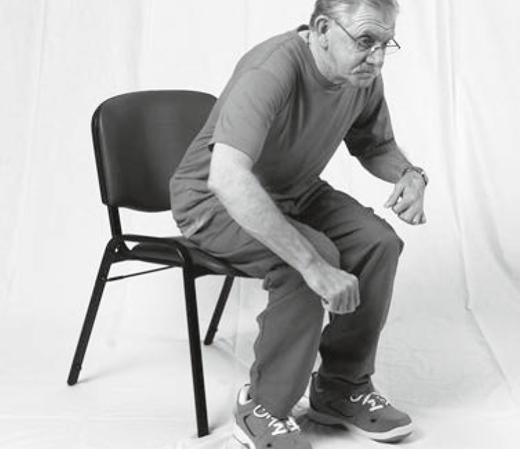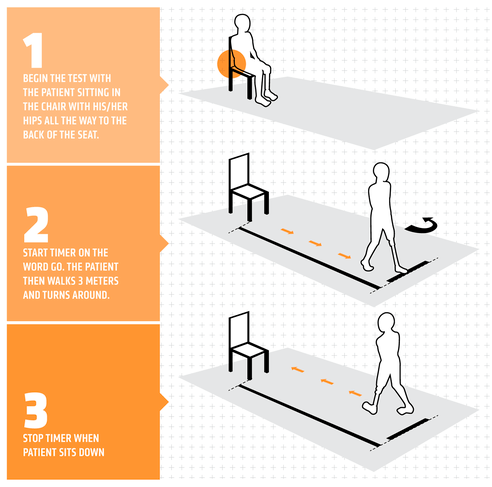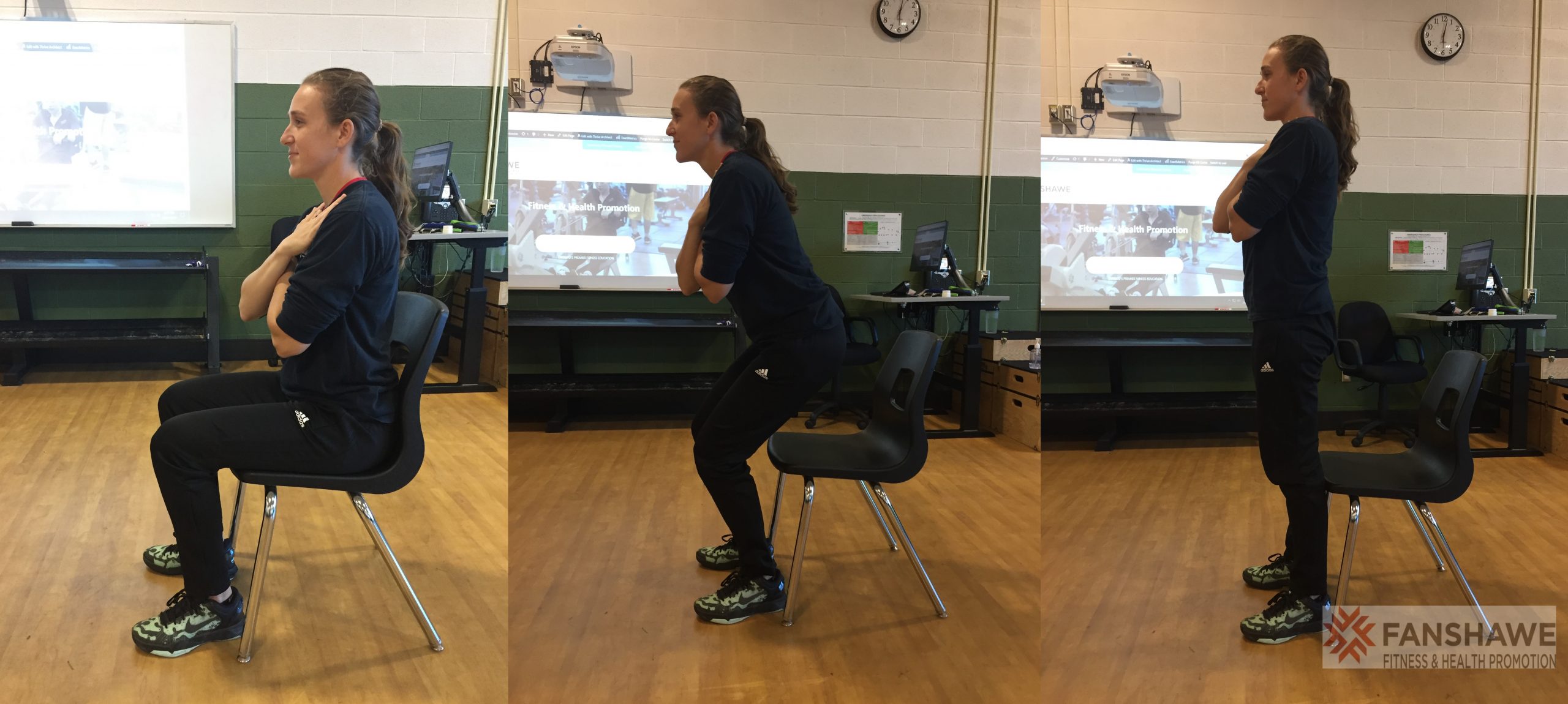Torso Model
Can you identify key structures on a complete model? Practice reviewing key structures on complete models; where are the latissimus dorsi and trapezius muscles, where is the posterior deltoid, biceps brachii? Where is C7 and T12 vertebrae? Where is the Spine of the scapula and occipital protuberance?
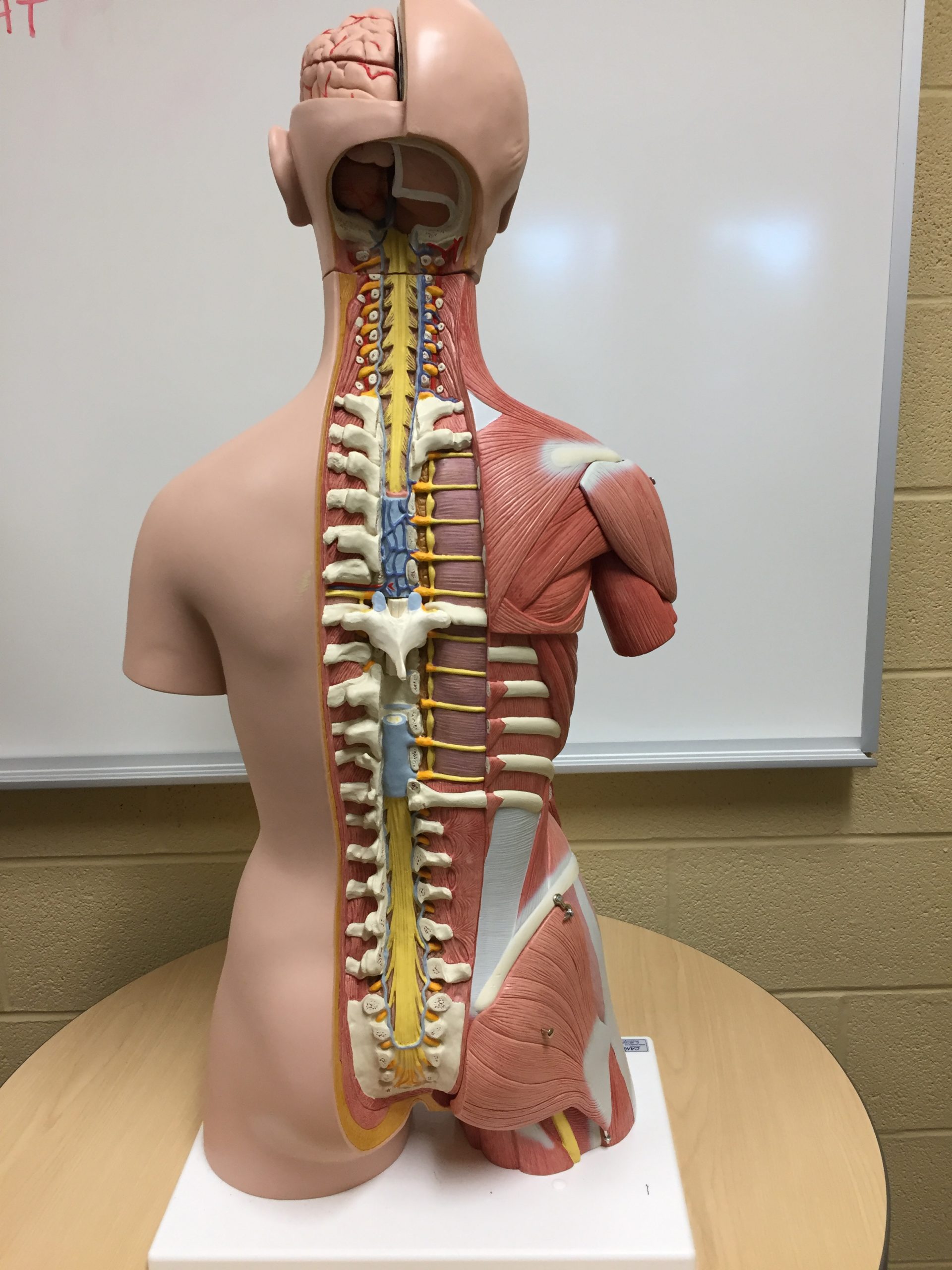
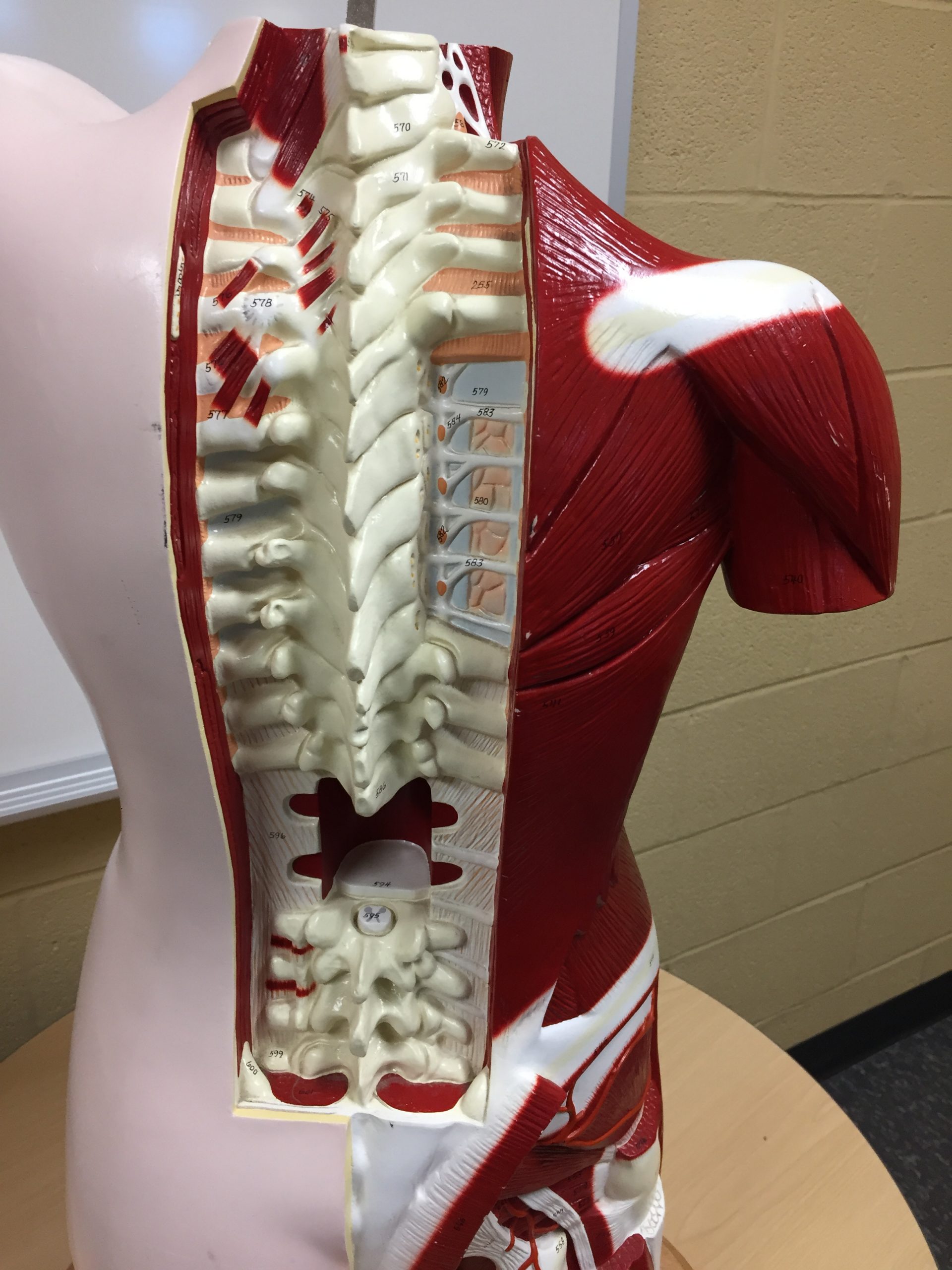
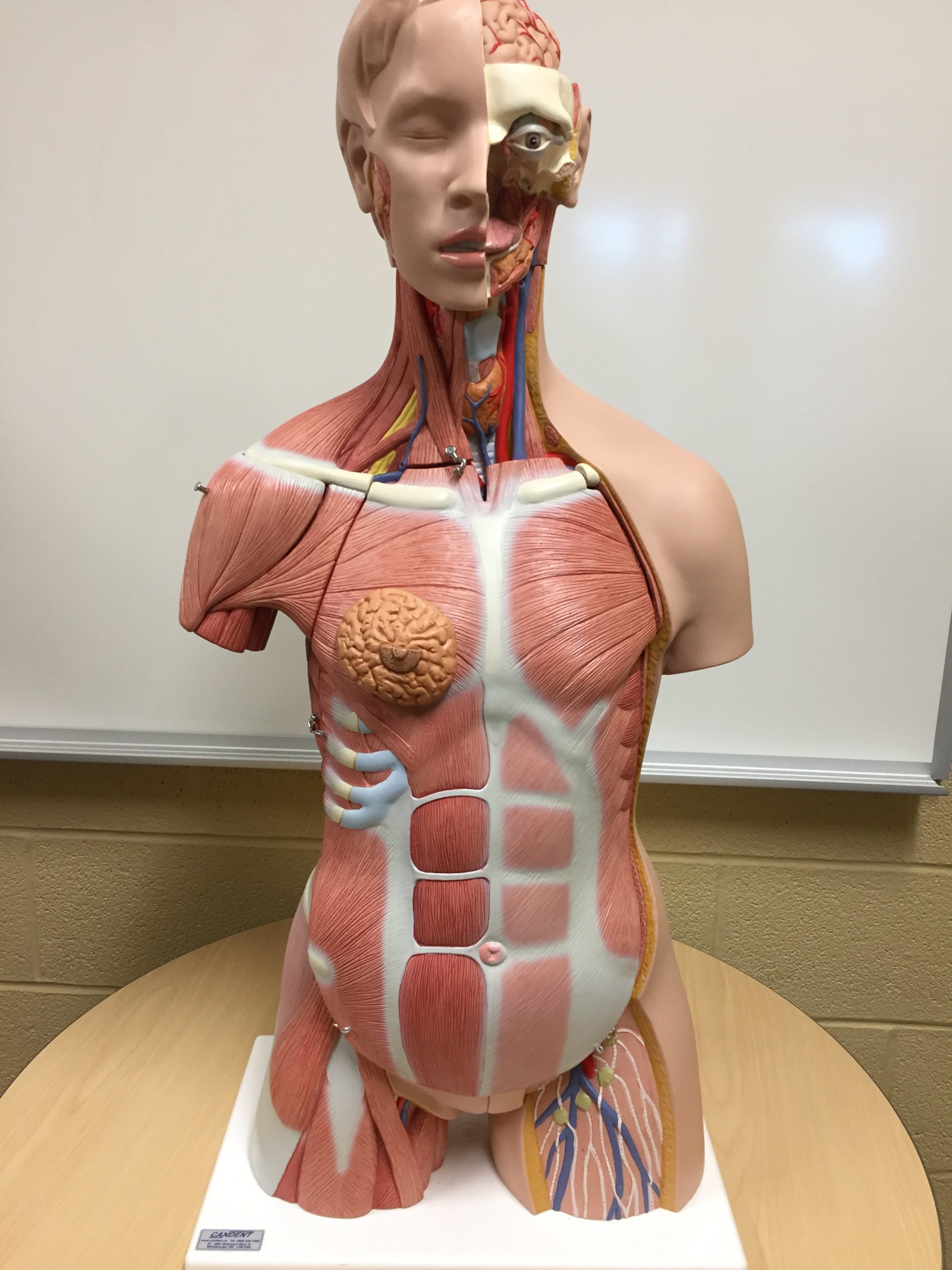

Muscled Arm, Shoulder and Hand/Wrist Models
Can you identify key structures on a complete model? Practice reviewing key structures on complete models; where is the biceps brachii (long and short head), brachioradialis, Brachialis, Medial epicondyle of Humerus, Wrist flexor/prontators, Pollux, and Posterior Deltoid.
